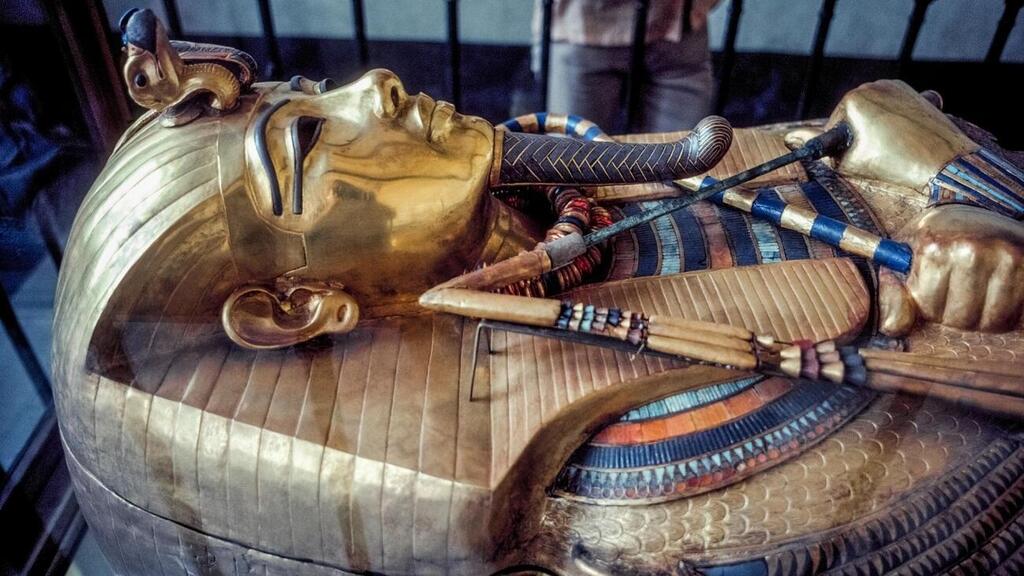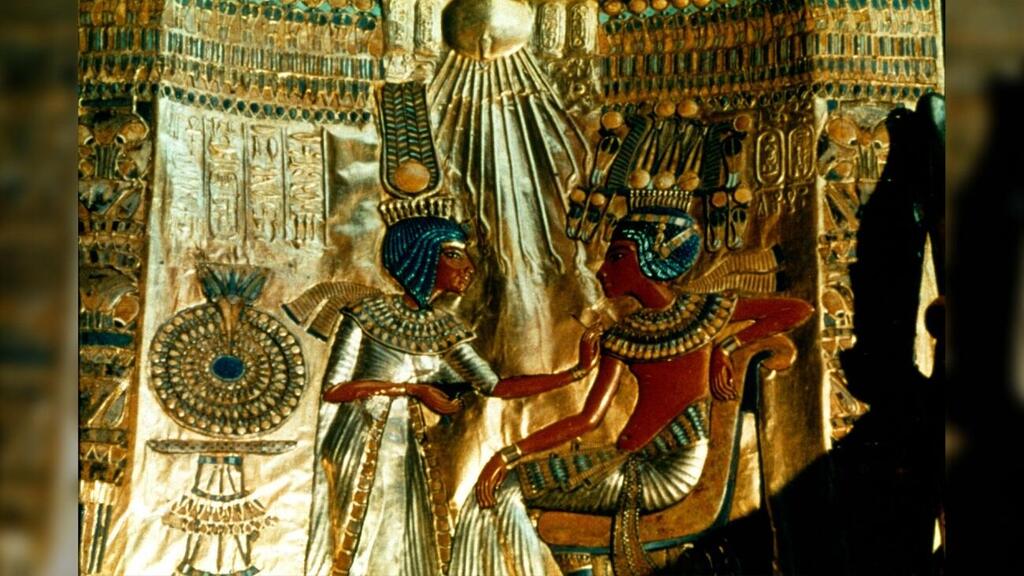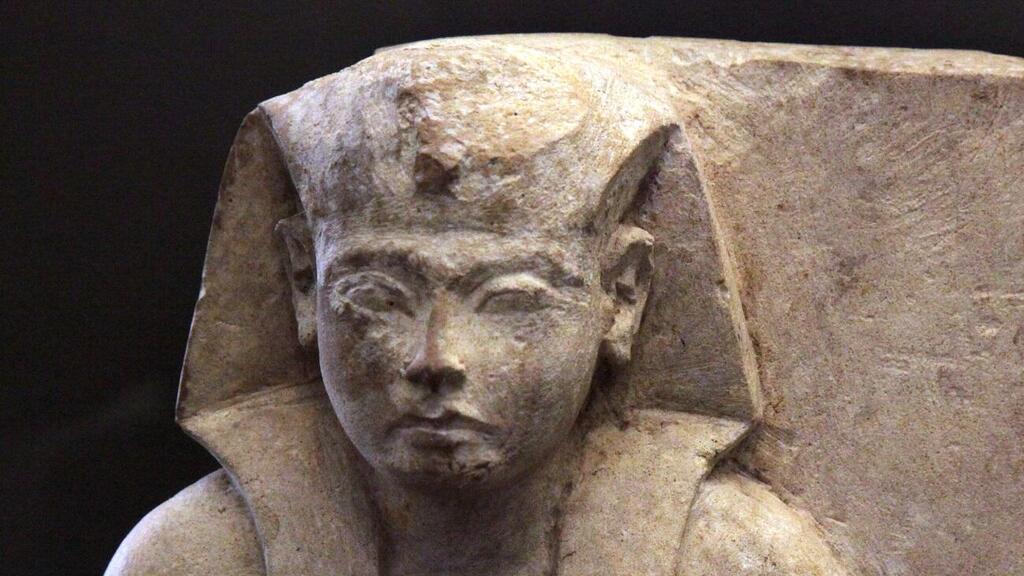Tutankhamun, the renowned ancient Egyptian monarch who became king as a child, passed away at approximately 19 years of age, during the period between 1327 B.C and 1323 B.C. However, Tutankhamun's death was unforeseen, and as he had no descendants to succeed him, a power vacuum emerged. Therefore, the question remains, who ruled during this period of uncertainty?
Read more:
Following King Tut's death, a pharaoh named Ay (also spelled Aya) assumed the throne and reigned for approximately four years before his passing.
3 View gallery


The sarcophagus of the ancient Egyptian pharaoh Tutankhamun, who left no heirs to the throne when he died unexpectedly at about age 19
(Photo: Michele and Tom Grimm via Alamy)
Ay had held a prominent position within the royal court for numerous years and may have been the father of Nefertiti, the wife of Tut's father, Akhenaten. The basis for this claim comes from Ay's title of "God's Father," which suggests that Ay might have been Akhenaten's father-in-law, as noted in Aidan Dodson's book "Amarna Sunset: Nefertiti, Tutankhamun, Ay, Horemheb, and the Egyptian counter-reformation", a professor of Egyptology at the University of Bristol in the United Kingdom.
Despite Ay's ascent to the throne, he faced opposition from the former ruling family. Ancient letters reveal that Ankhesenamun, King Tutankhamun's widow, was desperate to prevent Ay from becoming pharaoh. She sought the help of the Hittites, a kingdom located in Anatolia, modern-day Turkey. Ankhesenamun requested that the Hittites send a prince who could marry her and rule over Egypt, according to Aidan Dodson in his book "Amarna Sunset."
Copies of these letters were discovered over a century ago, and the first translation was published in French in 1931, as stated by Hans Gustav Güterbock, a German-American Hittite expert, in a 1956 article published in the Journal of Cuneiform Studies.
3 View gallery


A scene with King Tut and his wife, Ankhesenamun, who may have tried to hold onto power after her husband died
(Photo: Art Directors & TRIP via Alamy)
The Hittite king, Suppiluliuma I, was skeptical about the possibility of a Hittite becoming pharaoh, but eventually sent one of his sons, Zannanza (also spelled Zananzash), to Egypt. However, Zannanza died either on his way to Egypt or shortly after entering the country, according to Dodson. While some historical records suggest that his death may have been due to a widespread epidemic in the region he would have traveled through, it is also possible that he was assassinated. Dodson notes that there may have been a faction in the Egyptian court that opposed a Hittite taking the throne and was responsible for Zannanza's death.
According to Dodson, Ankhesenamun may have tried to marry a Hittite prince after Tutankhamun's death to maintain her personal power. Dodson suggested that a foreign husband would be dependent on her, which would help her maintain her influence. Although Ay may have been related to Ankhesenamun, possibly her grandfather, Ankhesenamun may have believed that if Ay became pharaoh, he and his son Nakhtmin would strip her of any power. Therefore, her plan to marry a Hittite prince was likely driven by personal ambition.
However, Tyldesley cautioned against accepting the Hittite letters as authentic evidence of Ankhesenamun's intentions. According to Tyldesley, it is essential to approach the letters with caution and not take them at face value. Tyldesley noted that it is doubtful whether these letters are a genuine appeal for a husband.
Tyldesley argued that Ankhesenamun, who was born into royalty, had the potential to rule in her own right, and it is unlikely that the Egyptians would have accepted a Hittite prince as pharaoh. Therefore, she questioned whether the letter was part of a scheme, either hatched at the Hittite court or within the Egyptian one.
Zannanza's death meant Ankhesenamun's plan failed, and Ay became pharaoh. Ay's reign was short-lived, lasting only a few years. During his reign, he constructed a mortuary temple in Thebes (modern-day Luxor) and had a tomb prepared for himself in the Valley of the Kings.
Ay's reign ended under controversial circumstances, as his successor Horemheb, who was not related to him, desecrated his tomb by erasing the names and images of Ay and his wife Tey, Richard Wilkinson, an Egyptology professor at the University of Arizona, wrote about this in his book "The Oxford Handbook of the Valley of the Kings."
"There seems to have been a power struggle between Ay's son Nakhtmin and Horemheb, and having won, Horemheb needed to show that Ay had been a 'bad thing,'" Dodson said.
Aside from desecrating Ay's tomb, Horemheb released a decree that denounced him. The decree described "the period before his accession as one of disorder and corruption."


